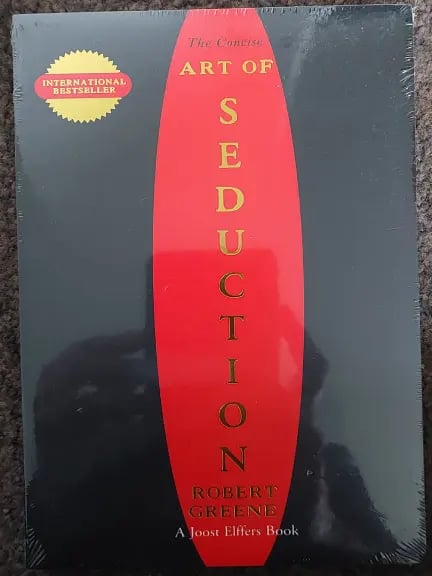The Art of Seduction by Robert Greene Explained
3/18/20251 min read


Introduction
Robert Greene’s The Art of Seduction has remained a popular and controversial book since its release in 2001. It dives deep into the psychology of influence, power, and charm. Rather than focusing purely on romance, Greene presents seduction as a social tool, used in various situations to attract, persuade, and influence people.
What Is Seduction?
Greene defines seduction broadly. It is not limited to romantic encounters. Instead, it is about how people use charm, confidence, and emotional understanding to guide others' behavior.
Seduction, according to Greene, is about creating desire and dependency—whether in personal relationships, business, or social settings.
The Nine Seductive Archetypes
Greene outlines nine seductive personality types. Each one uses different strengths:
The Siren – Draws people in with physical presence and charm.
The Rake – Passionate, persistent, and emotionally intense.
The Charmer – Smooth, friendly, and easy to trust.
The Coquette – Keeps others guessing by being elusive.
The Ideal Lover – Offers fantasy and idealized love.
The Dandy – Stands out by being unconventional.
The Natural – Innocent, playful, and spontaneous.
The Star – Captivates through attention and presence.
The Seducer’s Victim – Not an archetype, but understanding their emotional needs is key.
Most people may see parts of themselves in more than one type.
Key Techniques
Greene discusses various techniques used to build influence, such as:
Creating mystery
Being unpredictable
Withholding attention strategically
Building emotional dependence
These strategies are backed with real-life examples, from Cleopatra to Casanova, showing how influential figures applied them.
Ethical Considerations
While the book is widely read, it’s not without criticism. Some readers view the strategies as manipulative. Others argue that they could harm genuine relationships if misused.
Greene presents the techniques objectively, leaving it to the reader to decide how to apply—or avoid—them. It’s worth approaching the book with a clear ethical lens.
Final Thoughts
The Art of Seduction offers an interesting look at how influence works in daily life. Whether you see seduction as a powerful tool or a potential danger, the book provides valuable insights into human behavior and relationships.
It encourages readers to be aware—both of how they influence others, and how others may try to influence them.

Pick Up address
Merchantsy© 2024. All rights reserved.
Follow Us :
2/471 Wairakei Road, Burnside,Christchurch 8053
Policy
Quick Links
Our Mission
Our mission is to give secondhand books a new life and make reading affordable for everyone. By rehoming pre-loved books, we promote accessibility, sustainability, and a love for stories.
